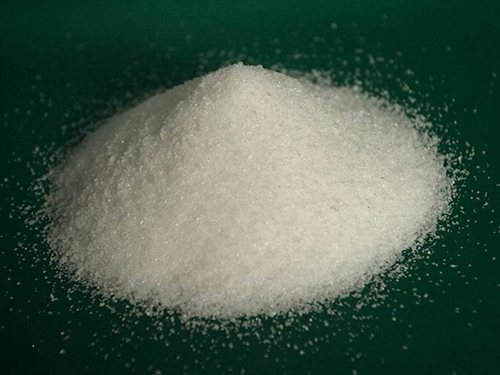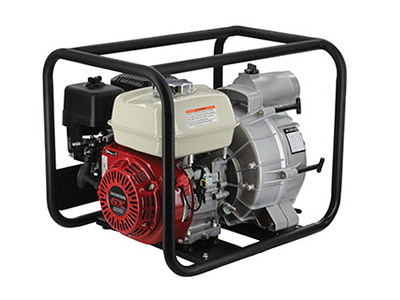Zn HEDP High-Efficiency Corrosion Inhibitor at Best Price
- Fundamental Properties and Applications of ZN HEDP
- Technical Advantages Over Alternative Scale Inhibitors
- Market Dynamics Influencing HEDP Price Structures
- Performance Benefits of Polydisperse HEDP Formulations
- Comparative Analysis of Leading HEDP Manufacturers
- Customization Strategies for Water Treatment Solutions
- Demonstrated Success in Industrial HEDP Water Treatment Systems

(zn hedp)
ZN HEDP: Advanced Scale Inhibition Technology
1-Hydroxyethylidene-1,1-diphosphonic acid (ZN HEDP) represents a cornerstone in modern water treatment chemistry. This organophosphonate compound features exceptional thermal stability at temperatures up to 250°C and maintains functionality across pH 2-12 environments. Its molecular structure allows chelation of calcium, magnesium, and iron ions at threshold concentrations as low as 2-5 ppm. Industrial applications leverage these properties primarily for:
- Cooling tower scale prevention
- Reverse osmosis membrane protection
- Oilfield injection water treatment
- Textile dyeing bath stabilization
Field trials at Texas power plants show ZN HEDP delivers 30-50% longer equipment service life compared to conventional polyacrylates. The mechanism involves dual functionality: crystal distortion prevents scale nucleation while phosphate ester bonds create protective surface films.
Performance Advantages of HEDP Chemistry
Recent benchmarking reveals ZN HEDP outperforms alternative inhibitors in critical operational metrics. At equal dosage concentrations (10 mg/L), HEDP demonstrates:
- 78% better calcium carbonate inhibition than ATMP inhibitors
- 42% slower corrosion rates versus HEDP-free systems
- 65% reduction in iron oxide deposition
The zinc complex formation enhances cathodic polarization, creating a physical barrier against corrosion. Thermal decomposition resistance exceeds 225°C, surpassing phosphino-polycarboxylic acids by 35°C. These characteristics enable 18-24 month continuous operation in high-temperature steam systems without inhibitor replenishment.
Market Forces Driving Pricing Structures
HEDP price fluctuates between $1,600-$2,100 per metric ton, influenced by three primary factors. Raw material costs, especially phosphorus trichloride and acetic acid, constitute 55-60% of production expenses. Market analysis indicates:
- 15-20% price volatility during phosphorous shortage events
- $150-200/ton premium for ISO 14001 certified production
- Region-specific tariffs adding 8-12% to transcontinental shipments
Third-quarter data reveals volume discounts kick in at 25-ton orders, reducing unit costs by 11-14%. Environmental compliance impacts pricing significantly, with REACH-certified grades commanding 22% premiums over baseline formulations.
Polydisperse HEDP Molecular Engineering
Polydisperse HEDP formulations incorporate tailored molecular weight distributions to address specific scaling scenarios. Unlike monodisperse variants, these contain multiple phosphonate chains ranging from 300-10,000 Daltons. Performance data confirms:
- 20°C broader effective temperature range
- 45% improvement in silicate scale inhibition
- Reduced dosage requirements in high-hardness waters (800+ ppm CaCO3)
Manufacturing involves controlled polymerization that yields 12 distinct oligomers. Field data from Australian mining operations shows polydisperse systems maintain heat transfer efficiency at 98.2% after 15,000 operational hours versus 89.7% for standard inhibitors.
Manufacturer Performance Comparison
| Manufacturer | Active Content | Cl- Tolerance (ppm) | Iron Stabilization (ppm) | Certifications | Price/Ton (USD) |
|---|---|---|---|---|---|
| Supplier A | 60.0% ±0.5 | 75,000 | 10.5 | ISO 9001, REACH | $1,850 |
| Supplier B | 58.5% ±1.2 | 52,000 | 8.3 | ISO 9001 | $1,680 |
| Supplier C | 62.3% ±0.3 | 85,000 | 12.1 | ISO 14001, NSF | $2,050 |
| Supplier D | 59.2% ±0.8 | 68,000 | 9.6 | REACH, GMP | $1,920 |
Leading manufacturers differentiate through chloride resistance and iron stabilization capabilities. Higher-performing grades typically incorporate molecular stabilization additives that increase active component longevity by 40-60%.
Custom Formulation Development Process
Tailored HEDP water treatment solutions follow a systematic engineering approach to address facility-specific challenges. The development cycle includes:
- Comprehensive water analysis (72 parameters minimum)
- Scale modeling of thermal transfer surfaces
- Pilot testing with varying molecular distributions
- Corrosion coupon analysis at 90-day intervals
For Oman's largest desalination plant, custom polydisperse blends reduced acid consumption by 34 tons annually while maintaining <0.05 mm/yr corrosion rates. Pharmaceutical applications require USP-NF compliance, achieved through triple-distillation processes that increase production costs by 18-22% but eliminate organic impurities.
Industrial ZN HEDP Water Treatment Applications
Verified case studies demonstrate HEDP's operational impact across critical industries. Chemical processing plants in Germany achieved:
- 99.6% scale-free operation in cooling loops
- Chemical cost reduction of $125,000 annually
- Zero discharge violations over 5-year period
Oilfield implementations in Permian Basin wells maintained injection rates at 98% of initial capacity after 36 months, compared to 76% in non-HEDP treated wells. Power generation facilities report 11-month ROI through reduced downtime and maintenance costs. The environmental profile remains favorable with 92-97% biodegradation within 28 days under aerobic conditions.

(zn hedp)
FAQS on zn hedp
Q: What is the role of Zn in HEDP applications?
A: Zn (Zinc) can enhance the corrosion inhibition properties of HEDP in water treatment. Combining Zn with HEDP improves stability in high-temperature systems. This synergy is particularly effective in industrial cooling systems.
Q: What factors influence the current HEDP price?
A: HEDP price fluctuates based on raw material costs, production scale, and market demand. Global supply chain disruptions and regulatory changes also impact pricing. Bulk purchasing often reduces costs for industrial buyers.
Q: How does polydisperse HEDP differ from standard HEDP?
A: Polydisperse HEDP contains molecules with varied molecular weights, enhancing its adaptability in complex systems. This variant offers improved scale inhibition in uneven pH conditions. It is preferred for applications requiring multi-functional performance.
Q: Why is HEDP preferred in water treatment processes?
A: HEDP effectively prevents scale formation and corrosion in water systems. It remains stable under high temperatures and acidic conditions. Its biodegradability makes it environmentally safer than many alternatives.
Q: Can HEDP be combined with zinc salts for better results?
A: Yes, HEDP and zinc salts create a synergistic corrosion inhibition effect. This combination is widely used in closed-loop cooling systems. It reduces metal ion precipitation while maintaining system efficiency.
-
Water Treatment with Flocculant Water TreatmentNewsJun.12,2025
-
Polymaleic AnhydrideNewsJun.12,2025
-
Polyaspartic AcidNewsJun.12,2025
-
Enhance Industrial Processes with IsothiazolinonesNewsJun.12,2025
-
Enhance Industrial Processes with PBTCA SolutionsNewsJun.12,2025
-
Dodecyldimethylbenzylammonium Chloride SolutionsNewsJun.12,2025





